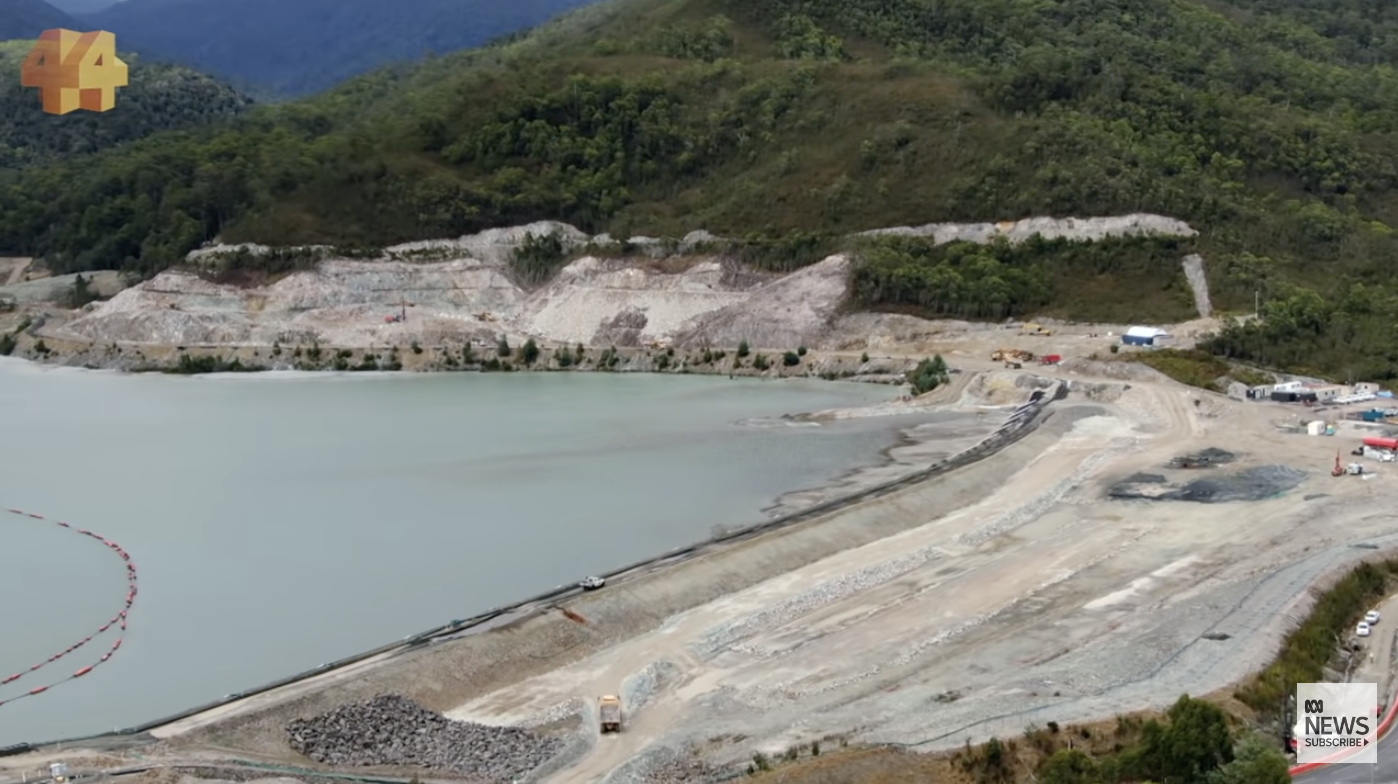Why are geoscientists undertaking this Earth imaging project using AuScope supported instruments? The answer is manifold.
The wider geoscience community in Australia will use the data models gained by imaging the Curnamona Provence. This community specialises in geochemistry, geochronology, economic geology and geophysics. These geoscientists work in academia, government and industry to understand how a little-known geological region has evolved and what part it plays in the context of the entire Australian continent. They seek this knowledge to advance knowledge of Australia’s geological history, economic geology (critical minerals exploration) and groundwater (characterisation).
“At the surface of the Earth, most of the rocks we see are either highly weathered or are covered in sediments, soils and vegetation. To see deeper, we need geophysical sensors to image the Earth to several hundred kilometres. The deep earth captures processes over billions of years that allows geologists to understand how Australia has evolved through time.”
— Professor Graham Heinson (GH)
“Our primary goal is to create knowledge on how the Curnamona Province has evolved through billions of years.
New models of the deep Earth provide fresh insights on where to explore for critical minerals for our technological transition to a net zero carbon world. The larger framework of the Curnamona Cube means better targeting, less environmental impact and more sustainable practice.”
— GH
“Responsible use of finite Earth resources, including minerals, energy, water and soil, requires high-quality baseline data collected at large scale and freely available. AuScope data and models provide opportunity for deeper understanding of our Earth to plan for the future.”
— GH
“Groundwater is arguably Australia’s most precious resource. It accounts for around 99% of water use in Australia and must be characterised and understood as the climate changes, which affects how groundwater reserves replenish.
AuScope’s investment in data that informs groundwater research is central to its community’s vision of a sustainable and resilient nation that is enabled by predictive geoscience.”
— Dr Tim Rawling, AuScope CEO





